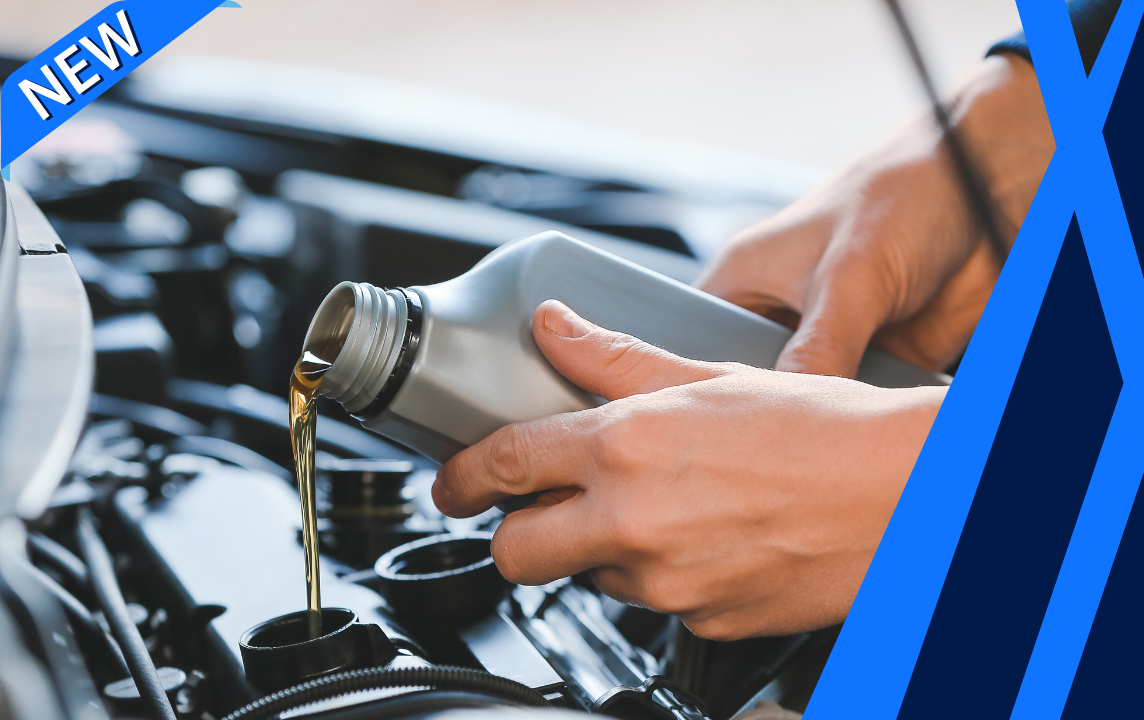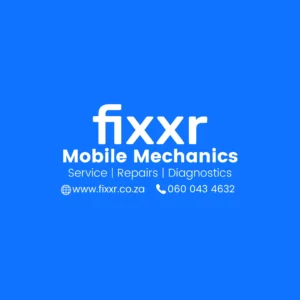Description
Tie Rod End Replacement
What are tie rod ends and how do they work?
Your car’s steering rack or gearbox (depending on the vehicle) is bolted in a fixed position to the frame of your vehicle. But the car’s wheels move up and down to smooth out road irregularities and left and right as you turn the steering wheel. A tie rod has a ball-and-socket joint to accommodate these movements. The tie rod end is connected between the track rod of the steering assembly and the steering knuckle. Cars will typically have two tie rod ends on each side: one inner tie rod end and one outer tie rod end — four total with a set of two per side. Tie rod ends are usually permanently greased but some may have Zerk fittings for re-greasing, including aftermarket ones. Tie rod ends are adjustable and accuracy is critical for proper front wheel alignment.
When to consider replacing tie rod ends:
- Vehicle wandering, pulling, or premature tire wear out. Loose tie rod ends may cause the vehicle not to track straight ahead. You may also notice excessive tire wear on the front tires.
- Missing, damaged, or leaking rubber boot or bellows. A rubber seal retains the grease in an outer tie rod end. If the seal has failed, the grease will leak out and the joint will be contaminated and worn down by road dirt. Extensible bellows protect inner tie rod ends. If the bellows has torn and is noticed early, only it needs to be replaced.
- Obvious looseness in the component. Mechanics use specified tests to determine if there is wear in a tie rod end. For example, the resistance to turning of the ball stud in the outer tie rod end can be measured and compared against the original equipment manufacturer’s (OEM) specifications. However, without the use of any instruments, any detectable play in the ball stud indicates the tie rod end must be replaced. Excessive play will also make it impossible to properly set toe alignment.
- Clunking noises, lack of smooth steering. Noise from the suspension on turning, or binding when you turn the steering wheel, could be due to tie rod end defects. Steering rack or power steering assist problems can account for these problems too.
How do mechanics replace tie rod ends?
- The vehicle is jacked up and supported on steel safety stands.
- The tire and wheel assembly is removed.
- If possible, the existing tie rod end length is measured and recorded. Installing the new tie rod at the same length as the old helps in the alignment process.
- The tie rod end adjusting lock nut or sleeve is loosened. Then, a tie end removal tool is used to separate the tie rod ball stud from the steering knuckle. The tie rod is then unthreaded from its connection to the inner tie rod end.
- If an inner tie rod end is being replaced on a rack and pinion type steering system, the tie rod steering shaft boot is removed and the tie rod unthreaded from the steering rack and the outer tie rod end.
- New tie rod ends are installed with all fasteners and the adjusting lock nut tightened to the required OEM torque value. During installation, the length recorded during removal is applied to aid the later wheel alignment process.
- With only a few exceptions, anytime a suspension component is removed and replaced on your car, the vehicle alignment must be inspected, measured, and adjusted to factory specifications. Using portable equipment, some mobile mechanics can perform a mobile alignment at your location. The final step will be more likely to be a trip to a local alignment shop for measurement and adjustment of the vehicle alignment as needed.
Is it safe to drive with a tie rod end problem?
No. Tie rods ends are a critical mechanical linkage in the steering system. If a known problem exists, such as wear, looseness, or binding, the possibility of sudden and unpredictable breakage of the tie rod remains, which would cause loss of steering control. Consequently, it is not safe to drive the car if the tie rod ends have a known deficiency. Tie rod ends should always be inspected per the maintenance schedule.
When replacing tie rods keep in mind:
- It is recommended to replace tie rod ends in pairs. There are four tie rod ends on most vehicles. The outer tie rod ends — one per side — are most susceptible to wear and failure. If one outer tie rod end has failed, the other is probably not far behind.
- After the repair is performed, the vehicle must be aligned, either on a mobile basis or at a good alignment shop.
- A good alignment job will provide you with pre and post-alignment printouts of your car’s alignment settings. A good shop will set the alignment to the “preferred” factory setting, not just the “allowed” settings. A job well done will also have carefully inspected the suspension beforehand to ensure the new alignment remains durable and stable. The best alignment results will be achieved if the tires on your car are not unevenly worn.




